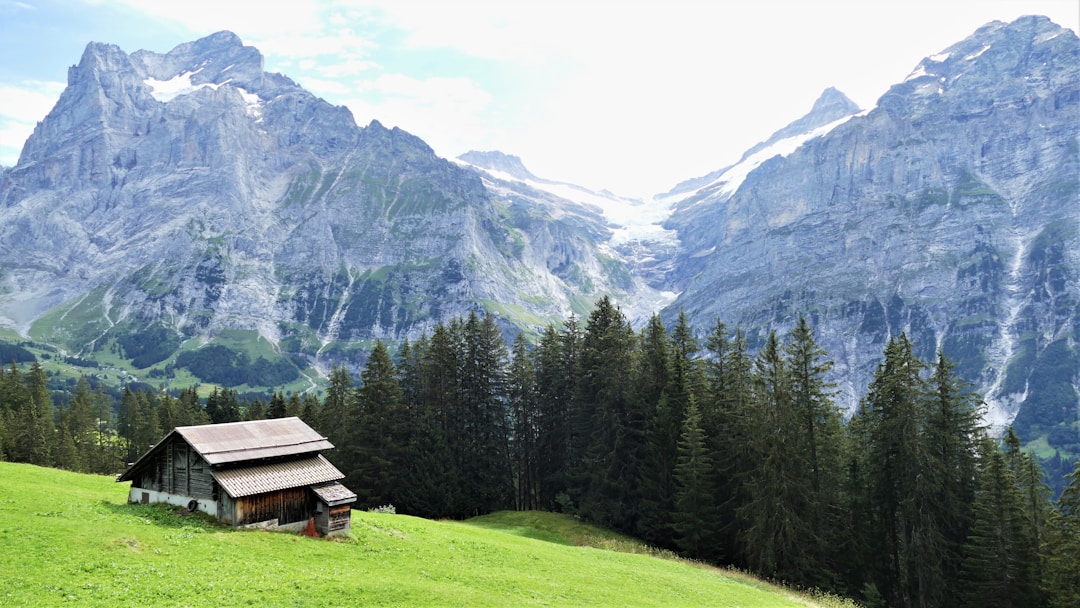Finding the idyllic cross between serenity and homeliness is often achieved by setting up a home among the scenic vistas of the mountains. Such a locale promises not only tranquility and privacy but also breathtaking views and a connection to nature that’s unparalleled. Below, we delve into essential tips that will help guide you through creating the perfect mountain retreat that resonates with your soul. Keep reading to unravel the secrets to mountain living bliss.
In this article
Selecting the Perfect Mountain Location for Your Home

Choosing the right spot in the mountains to build or buy your home is pivotal in ensuring you get the dream mountain experience you’re seeking. Considerations like access to local amenities, the distance from urban centers, and potential weather conditions play a crucial role in your day-to-day life. Look for a location that offers the perfect balance between isolation and connectivity; you want to feel away from it all without being inconvenienced.
Privacy and views are often top priorities for mountain homeowners. Assess the orientation of the property for maximum sun exposure, the most stunning views, and natural shelter from harsh weather. A southern exposure can provide abundant natural light while protecting you from the more severe northern winds typically found in mountain regions.
Local real estate trends also matter. Identifying areas where the market is stable or growing can be a wise investment for the future. For those interested in North Carolina, for example, there are cabins in NC mountains for sale that offer captivating views and robust investment potential.
Landscaping and Outdoor Living in a Mountain Setting
The landscaping around your mountain home should complement its natural surroundings and create a seamless transition between your property and the wilderness. Opt for native plants that are well-adapted to the local climate and soil conditions, reducing the need for watering and fertilizing. Consider fake green plants as a maintenance-free way to add greenery to your interiors without the maintenance of live plants.
Outdoor living spaces are essential in mountain homes, providing a place to relax and take in the views. Fire pits, outdoor kitchens, and hot tubs are popular features that enhance the enjoyment of your outdoor space, making it ideal for entertaining or quiet contemplation.
Landscaping should also address practical concerns. Pay attention to how drainage, erosion, and winds can affect your outdoor spaces, and plan accordingly. Using terracing, retaining walls, and windbreaks can mitigate these issues and protect your home.
Designing Your Mountain Home for Optimal Comfort and Views
The architectural design of your mountain home should reflect both functional and aesthetic considerations. The layout should take advantage of the natural contours of the land and the panoramic views available. Floor-to-ceiling windows and expansive decks are design elements that seamlessly blend indoor with outdoor living, while providing optimal views of the surrounding landscape. Adding architectural details like farmhouse corbels can enhance the rustic charm of your home, bringing a touch of farmhouse style that complements the natural beauty of your surroundings.
Comfort is about more than just furnishings; it encompasses how the home interacts with the environment. For instance, incorporating passive solar design principles can optimize the home’s heating and cooling, reducing energy costs and increasing comfort levels.
Material choices and color schemes also contribute to the overall comfort and feel of the home. Warmer tones and natural materials like wood and stone can complement the mountain environment while providing a cozy and inviting atmosphere.
Incorporating Local Materials for Authenticity and Sustainability
Using locally sourced materials is not just an aesthetic choice—it’s an environmentally conscious one that can minimize the carbon footprint of building your mountain home. Local woods, stones, and other materials often blend with the landscape better, offering authenticity and a sense of place that imported materials can’t match.
Moreover, sourcing materials locally supports the regional economy and sustains local craftsmanship. Engage with area artisans who can provide custom touches that imbue your home with unique character while also telling a story of the local culture and customs.
Preparing for the Unique Challenges of Mountain Living

Mountain living presents unique challenges that require specific considerations. Weather can be unpredictable, with potentially heavy snowfall, windstorms, and temperature fluctuations. Your home should be well-prepared for all seasons, with considerations like roof load capacity for snow, backup power solutions, and proper insulation.
Accessibility is another critical factor to consider, especially during winter months when roads may be impassable. Ensure that you have the necessary equipment like snow plows or that local services can maintain access to your property. It’s also wise to stock essential supplies in case you’re snowed in.
Altogether, creating the perfect home in the mountains is a rewarding journey that marries the grandeur of nature with the comfort of modern living. By carefully selecting your location, designing with the environment in mind, using local materials, and planning for the unique challenges, your mountain abode will offer a serene and sustainable retreat.


